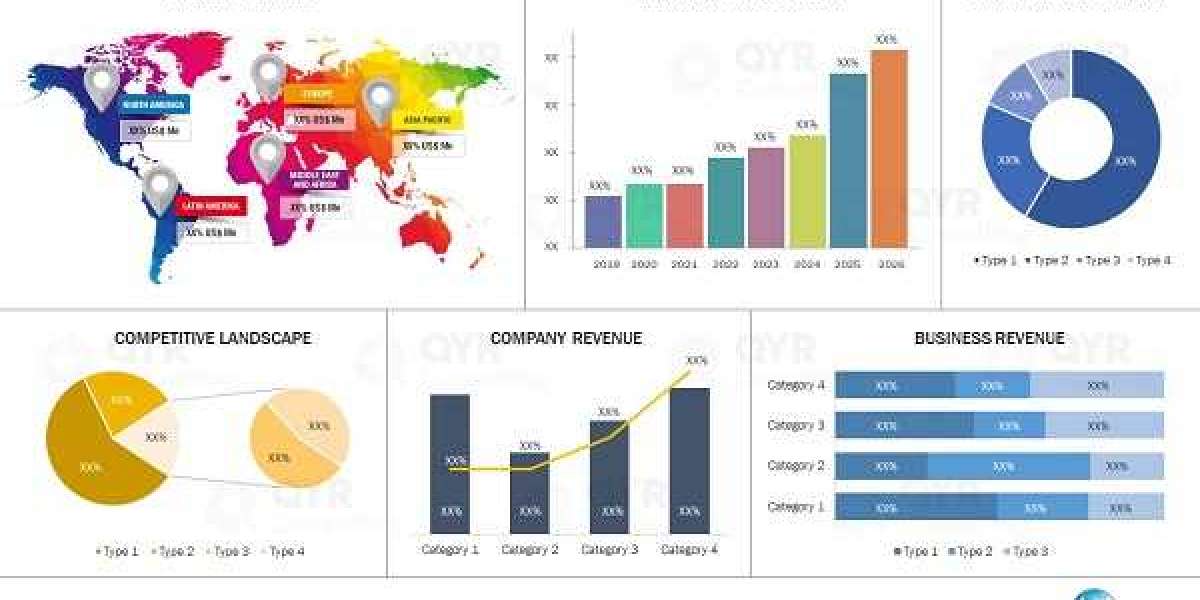A social media booster is a tool or service used to enhance the visibility and engagement of social media content by increasing its reach to a broader audience. Essentially, it’s a paid method of promoting content across social media platforms like Facebook, Instagram, Twitter, or LinkedIn. Boosting posts can be an effective way for individuals, businesses, and organizations to reach new followers, gain more engagement (likes, comments, shares), and ultimately achieve specific marketing goals such as brand awareness, lead generation, or product sales.
Unlike organic growth strategies, which rely on the natural sharing of content within a social network or community, social media boosting accelerates the process by using paid advertisements to push content to targeted audiences who might not have seen it otherwise. Let’s break down the key aspects of a social media booster and how it differs from organic social media growth strategies.
What is a Social Media Booster?
A social media booster refers to any paid initiative or advertisement that helps increase the reach of a specific piece of content, such as a post, image, video, or ad campaign. Social media platforms allow users to pay a fee to promote a post or content to a larger and more specific audience than it would naturally reach. This paid promotion can be highly targeted, depending on the platform’s targeting features, such as demographics (age, gender, location), interests, and behaviors.
For example, a business that sells eco-friendly products could use a social media booster to promote a post that features its latest products to people who are specifically interested in sustainability, eco-friendly products, or related topics. This approach ensures that the content reaches an audience that is most likely to engage with or purchase from the business.
How Does a Social Media Booster Work?
When you boost a post, you essentially pay to have it shown to more people, particularly those who are outside your current follower base. Social media platforms use algorithms that prioritize content that already has engagement or popularity, which means that organic posts often have limited reach. By boosting a post, you are paying to get your content seen by more users—whether that’s to your existing followers or, more commonly, to new users who fit specific targeting criteria.
These platforms typically provide customization options for choosing the audience you want to target based on factors such as:
Demographics: Age, gender, language, location.
Interests: Hobbies, interests, purchasing habits, etc.
Behavior: Online activities, device usage, engagement patterns.
Once a post is boosted, it may appear in the feeds of the targeted audience, in stories, or in other prominent placements depending on the platform. The idea is to generate more engagement (likes, comments, shares) and, ideally, more conversions (sales, sign-ups, etc.).
Difference Between Social Media Boosters and Organic Growth
Reach and Visibility:
Boosted Content: When you boost content, you're essentially paying to increase its reach. It ensures that your content is exposed to a wider audience, beyond your followers, which can be helpful for new businesses, product launches, or specific campaigns.
Organic Content: Organic growth, on the other hand, depends on how well your content resonates with your current followers and their networks. Without paid promotion, your content's reach is limited by the social media platform's algorithm, which often prioritizes content based on engagement and other factors.
Targeting Capabilities:
Boosted Content: A major advantage of boosting is the ability to precisely target specific demographics and interests. You can choose who sees your post based on several factors such as location, behavior, age, and more, ensuring that it reaches people most likely to engage.
Organic Content: Organic content, while it can still attract engagement from your followers and their networks, has no guarantee of being seen by the right audience unless it is widely shared. It relies on the platform's algorithm, which may not always prioritize your content.
Cost and Investment:
Boosted Content: Boosting is a paid strategy. You set a budget for how much you want to spend, and the platform uses that budget to deliver your content to the targeted audience. The cost varies depending on factors like competition, the platform’s ad rates, and how large your targeted audience is.
Organic Content: Organic strategies, such as posting regularly and engaging with followers, are free. However, organic growth can be slow and may require substantial time and effort to grow your follower base and increase engagement.
Timeframe:
Boosted Content: Boosting a post delivers results quickly, often in real-time. As soon as you allocate a budget for the promotion, you’ll start to see your post appear in more feeds and gain increased engagement within hours or days.
Organic Content: Organic growth takes time. It relies on continuous posting, consistent engagement, and building a loyal community over time. While organic strategies are effective in building a long-term presence, they do not offer the same immediate results as paid boosting.
Conclusion
In conclusion, a social media booster is a paid tool that enhances the visibility and engagement of a specific post, allowing individuals and businesses to reach a wider, more targeted audience quickly. It differs from organic growth strategies in that it uses paid promotion to achieve faster and more controlled results, whereas organic growth relies on content virality, engagement, and word of mouth. While both strategies can be valuable in a comprehensive social media marketing plan, a social media booster is particularly effective when you want to accelerate growth or amplify specific content, especially for new businesses or campaigns.











